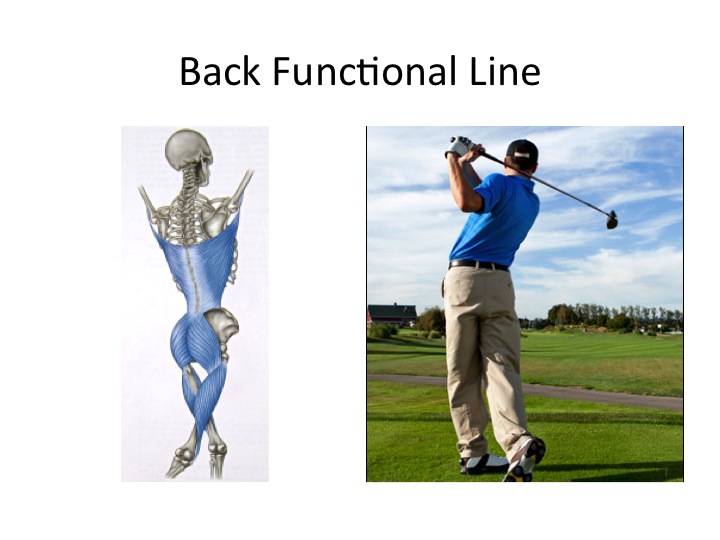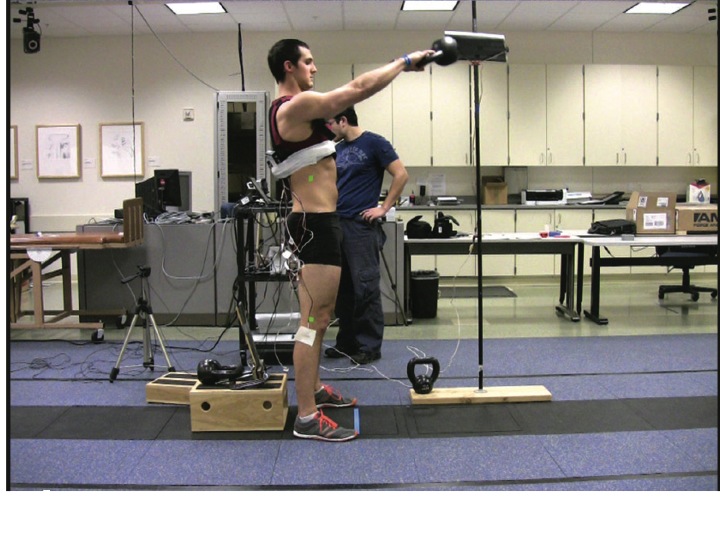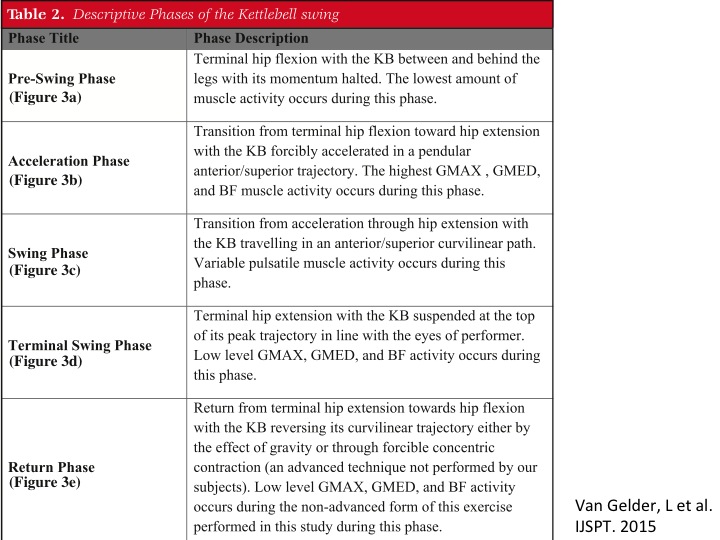The majority of people with lower quarter pain or symptoms will demonstrate altered coordination and communication between the nervous system and muscles. This leads to altered movement patterns which may perpetuate symptoms and lead to more chronic pain and muscle imbalances. Primary movers for our movement patterns (example: gluts) may be substituted for weaker, less tolerant muscle groups (lumbar extensors) leading to a greater loss of performance, strength, agility, coordination, and balance.
One of the most common areas of coordination or strength impairments includes the muscles of the posterior chain shown above. This chain of muscles involving the same side hamstring and glut works with the opposite side latissimus dorsi to produce athletic and functional movements each day. Impairments within this chain of muscles, in particular weakness or inhibition of the gluteus maximus, leads to poor movement patterns, chronic symptoms, and loss of performance in tasks involving this chain. Examples would include most throwing movements and your golf, baseball, or hockey swing. Conversely, strengthening this chain of muscles leads to improvements in strength and performance.
The kettle bell is an excellent piece of strength training equipment to develop coordination, power, and strength. Two common swings with this piece of equipment include single and double hand swings. This back to front movement is an excellent way to target the posterior chain and incorporate a movement patterns from your foot through your hand as you accelerate the weight. Different phases of the swing, located below, incorporate different muscles at different degrees of recruitment.
A recent article by Van Gelder et al. examined the muscle activity of the hamstrings and gluts during the kettle bell swing in 23 healthy young adults (IJSPT. 2015). The authors noted significant recruitment of all muscles in the leg reaching a threshold of activity needed for strengthening. Thus, the kettle bell swing is an excellent alternative to replace single muscle or joint strengthening exercises. The authors also noted hip extension range of motion was associated with the ability of the participants to recruit the gluteal muscles. Thus, athletes and clients utilizing kettle bell swings should ensure they have proper mobility in their hips before adding resistance in this movement pattern.
To evaluate your movement patterns and learn how to improve your performance contact your local Physical Therapist.



